Everything Your Brita Filter Isn't Doing (That You Assumed It Does)
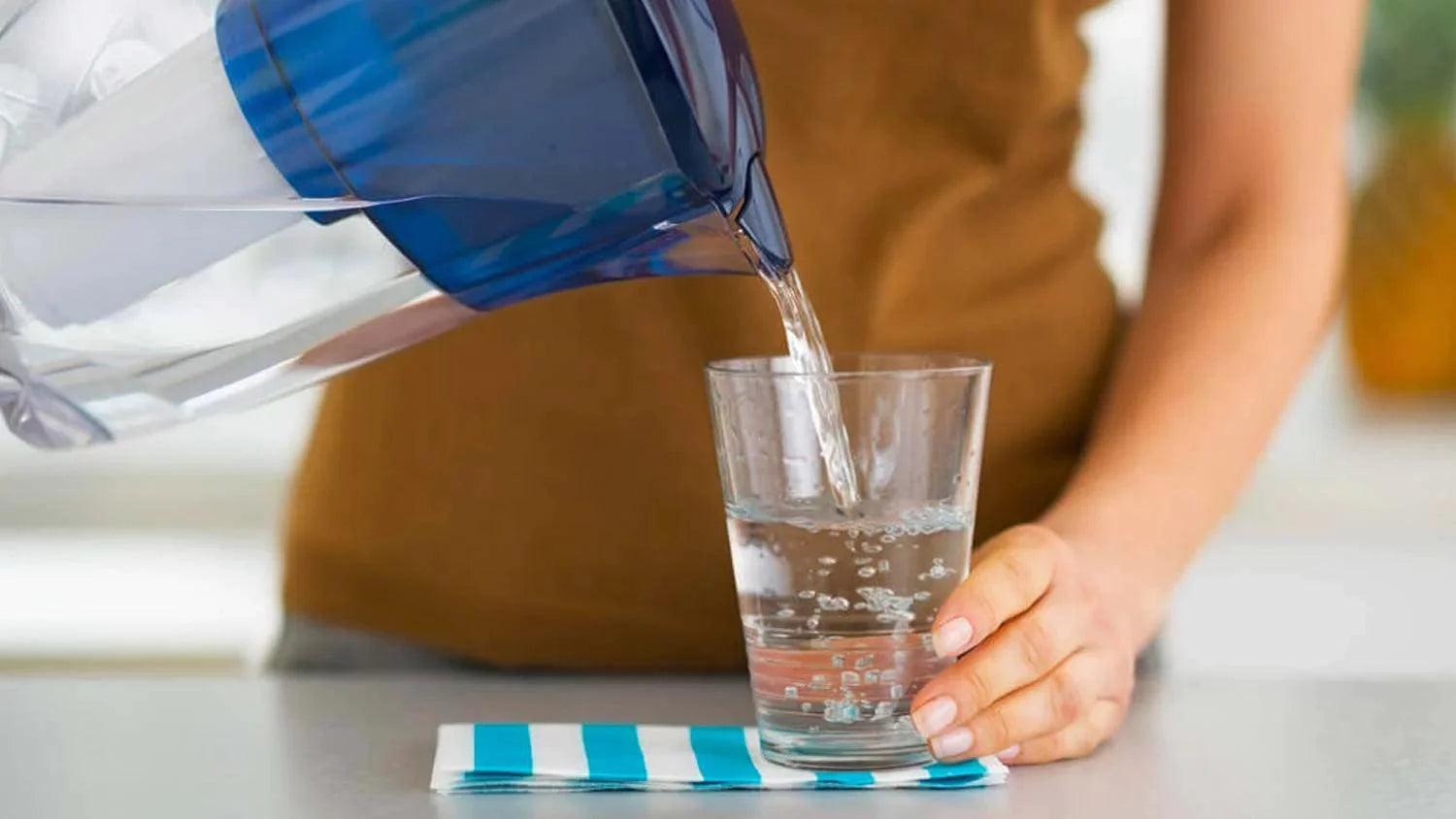
Are Brita Filters Safe?
4 Things Your Brita Pitcher Is Failing At.
Most people swear by their Brita Filters (“bad” or “good”), and they are an industry standard for the very baseline of water purification, and while most people you know may use one, it might not be the best water filter for your own home. Most Americans, though, consider a Brita filter to be incredibly safe, which is a dangerous position for any company to be in, and one that Brita uses very specific language to keep.
To put it bluntly, Brita filters are mostly cosmetic. Since they deal mostly in surface-level odor and taste, and not in eliminating all of the actual toxins, Brita Filters are, for all intents and purposes, the Febreze of water purification. Your guests won’t know the difference, but their bodies will, and so will yours.
In order to help you arm yourself with the most knowledge that you can about America’s #1 water purifier, here are some ways and reasons that your Brita filter isn’t really all that it’s cracked up to be. Brita fails where a lot of other filtration devices flourish, because not only in water content, but also in maintenance, Brita filters are costly, needy kitchen appliances that could, and should be doing a lot more for you.
Do Brita filters work? The answer is yes, for everything that the company says they do, but the reasons why Brita filters are kinda bad lie in everything that they’re not telling you.

1. Most Brita Filters Don’t Get Rid Of Lead & Fluoride In Water
Now, most U.S. cities aren’t facing a lead poisoning problem, but depending on your part of the country, you may need some real filtration in your life. Brita is not your company for that.
Here is a chart from Brita’s site, showing you what they do filter out. Notice that in most cases, you have to buy their most expensive filter, or solution, to actually have all of the most important toxins omitted from your everyday drinking water.
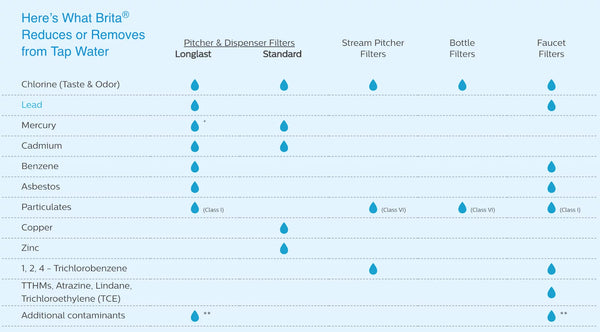
Fun fact: Brita makes filters, that are still somehow legally called “filters,” that do not filter out asbestos. We should be further along in water purification at this day and age. Your parent’s Brita filter can be your new reverse osmosis water filter (more on that later). Okay, so maybe that fact wasn’t that fun, but it’s good for you to know.
Already convinced to ditch your Brita?
Check out the Zero Water Pitcher

2. Brita Filters Get Rid Of Chlorine, Mostly
As we said at the top of this article, Brita filters usually get rid of, mostly, Chlorine. We’ve become accustomed to our water tasting like almost absolutely nothing these days, and the more tasteless it is, the more “pure” it is, right? Well, not really. Chlorine, in the quantities where it appears in your average American tap water, isn’t actually all that bad for you. In fact, Chlorine is simply a gas that can actually evaporate completely if you just fill up a run-of-the-mill pitcher and leave it in your fridge for about a day. Once the chlorine is out of the water, Brita filters are generally not really doing too much heavy lifting from there on out.

3. Brita Filters Don’t Eliminate Bacteria, Fungus, Or Viruses
When we think our water has been “purified,” it really, most likely, has just been stripped of Chlorine, like we just learned. But most people also assume that they’re going to get pure, flavorless water. While most filtration processes *do* get rid of some nutrients that are actually very good for you, they tend to leave in more dangerous particles, which include bacteria, fungus, or viruses. So while it may be easy to think that if, for example, your water is contaminated in some way, that “the Brita will fix it,” then that is simply not true. Only a process that purifies everything in the water will do that, and that’s why you’re better off putting in a little bit of time and effort to fix the water problem in your household.
This leaves you open to these bacteria, which can be potentially very very dangerous. Here are just a few:
Legionella: This is a form of pneumonia caused by bacteria *primarily* in water systems. This can lead to Legionaire’s Disease, which affects to 18,000 people to the emergency room per year. A study of people with LD outbreaks showed that 75% of people who ever had this disease experience LD-related fatigue throughout the rest of their lives. The worst part about this disease is that it’s not even contagious from person-to-person, but is a specifically drinking-water-related danger. And it’s usually best to do your part to avoid it for yourself and your family.
Bromates: A common byproduct of disinfection of water, bromates are naturally-occurring and tend to develop in common water systems. A study found them to be potentially carcinogenic. It’s harmful enough so that the EPA has a standard that they consider “non-cancerous,” which is hardly comforting in and of itself. Bromates are commonly found in bread (since it is made with common water most of the time) which also commonly creates the problem of bromate flour. Bromate flour is banned in the entire E.U., South Korea, parts of South America, all of China, India, and a bevy of other territories where everything is made with more natural ingredients.
Bromates can also be found in vegetable oil — as in, corn syrup, or the sweetener that the vast majority of soda and snack products use as primary ingredient.

Barium: Barium is a naturally-occurring substance that, if consumed enough, can result in some horrible gastrointestinal consequences. While most water supplies won’t have enough barium in them to be any kind of danger, it is not something you really want to consume. It is regulated by the EPA, capping its Maximum Contaminant Level Goals at 2mg. A dose as small as 0.2mg – 0.5mg has been found toxic in adults, which can affect your bones, lungs, and blood for the rest of your life. So maybe forty minutes of research on how to prevent this are worth your time.
In a test that was conducted on a Brita filter using average U.S. tap water, and the test found that the resulting “filtered” water was 10,0000 times (10,000x) more bacteria than the average U.S. tap water with no Brita filter. While your Brita filters do make your water taste better, they are doing you a disservice if you’re not changing your filter every 40 gallon. Now, keep in mind, by the way, that you’re supposed to drink, *very roughly*, about a half gallon of water per day, which means that if you don’t change your Brita filter every 8 weeks, you’re likely doing yourself more harm than good by even using the filter, no matter how “good” it tastes. And that test was made with a brand new Brita filter, just imagine how absolutely gross the one sitting in your fridge right now would measure up.
Looking for something better?
Check out the Zero Water Pitcher - Currently ON SALE
Zero Water Pitchers greatly reduce organic contaminants, including pesticides, herbicides, Mercury, Chlorine, and Chloramine, and stops bacteria from growing. Finally, it filters out metals, nonmetals, and radiological contaminants.

4. If You Don’t Change Your Brita Filter, It’s Actually Way Worse For You Than Tap Water
So much worse. As stated above, these filters get really, really disgusting. Every bacteria, chemical, mineral, and toxin that can potentially be found in water isn’t being filtered out by your Brita filter, so if you do choose to have one, please, for your health, change it every 40 gallons, which should be approximately every 8 weeks if you live alone, at least once per month if you have a family, and once a month if you live with a significant other.
Also, just think of the bacteria, toxin, and potential-mold that can grow on an unchanged Brita filter.
Brita filters do a great job of preserving the “pure” water taste we’ve become accustomed to, but it does very little, relatively speaking, to actually protect you from harm. Spend even half. an hour researching that perfect pair of stretchom Amazon without having ever heard of the brand. You can use that same amount of time to make sure that the water you’re using, drinking, and showering with isn’t going to affect your overall health in the long run.

Here are some stellar solutions:
Looking for a serious upgrade in your water quality?
The Puronics Micromax 8500 Ceritifed Drinking Water System, gets rid of anything that isn’t a water molecule, and ensures you’re getting just water and nothing else. It uses Reverse Osmosis Technology and fits right under your kitchen sink for accessible safe water 24/7. This is system is ON SALE NOW! Save 25% for a limited time only
If you aren't ready to make that investment or you are renting, Check out the ZERO WATER PITCHER CURRENTLY ON SALE
ZeroWater® is a 5-stage filter that uses Ion Exchange Technology to remove virtually all (99.6%) detectable dissolved solids in tap water.
It's not as effective as Reverse Osmosis but it is a step up from Brita.
6 comments
-
Jada on
I feel like you have to give brita some credit. Tap water is awful. Brita does filter out some pollutants and provides an affordable option for people who can’t afford a water system upgrade. I don’t fully agree with your analogy comparing brita to febreeze. They in no way shape or form add anything to the drinking water through the filter. There’s no perfumes or additives, only sediment. That being said, the Brita filter and others like it only slightly filter the water and definitely do not filter the water as much as they advertised; especially before the lawsuit happened.. But hey, you get what you pay for! Lol
-
Teresa on
Thank you for that report. I am changing because I have an Autoimmune disease and wate can be a culprit. I rent so I can’t attach a purifier to my faucet so I am stuck with doing my own in a container. BUT WHY ARE WE USING SO MUCH PLASTIC? ESPECIALLY SINCE THE NEW STUDY ABOUT MICRO PLASTICS ! THKS
-
Teresa on
Thank you for that report. I am changing because I have an Autoimmune disease and wate can be a culprit. I rent so I can’t attach a purifier to my faucet so I am stuck with doing my own in a container. BUT WHY ARE WE USING SO MUCH PLASTIC? ESPECIALLY SINCE THE NEW STUDY ABOUT MICRO PLASTICS ! THKS
-
Teresa on
Thank you for that report. I am changing because I have an Autoimmune disease and wate can be a culprit. I rent so I can’t attach a purifier to my faucet so I am stuck with doing my own in a container. BUT WHY ARE WE USING SO MUCH PLASTIC? ESPECIALLY SINCE THE NEW STUDY ABOUT MICRO PLASTICS ! THKS

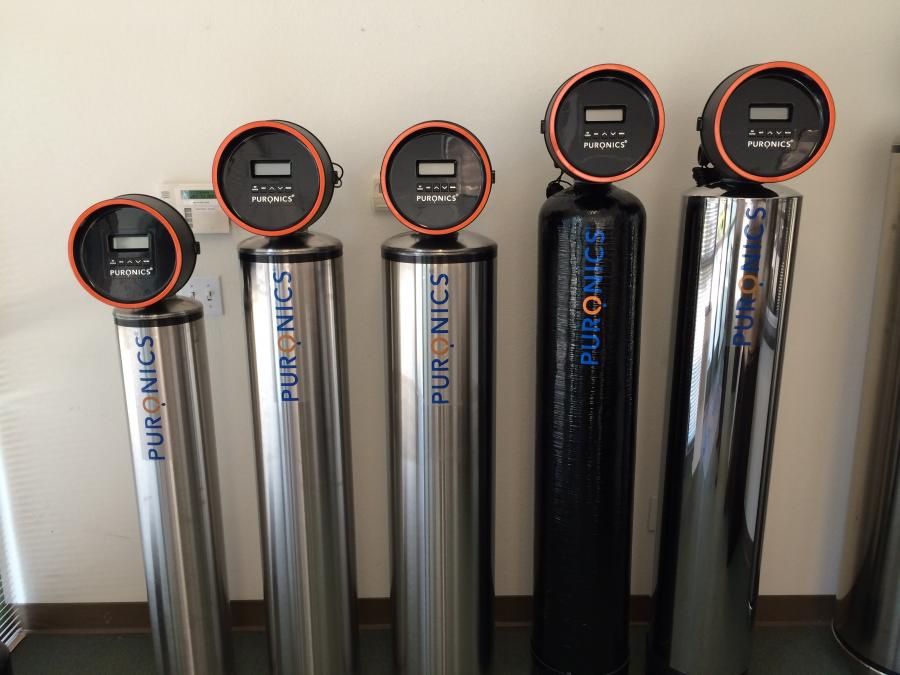
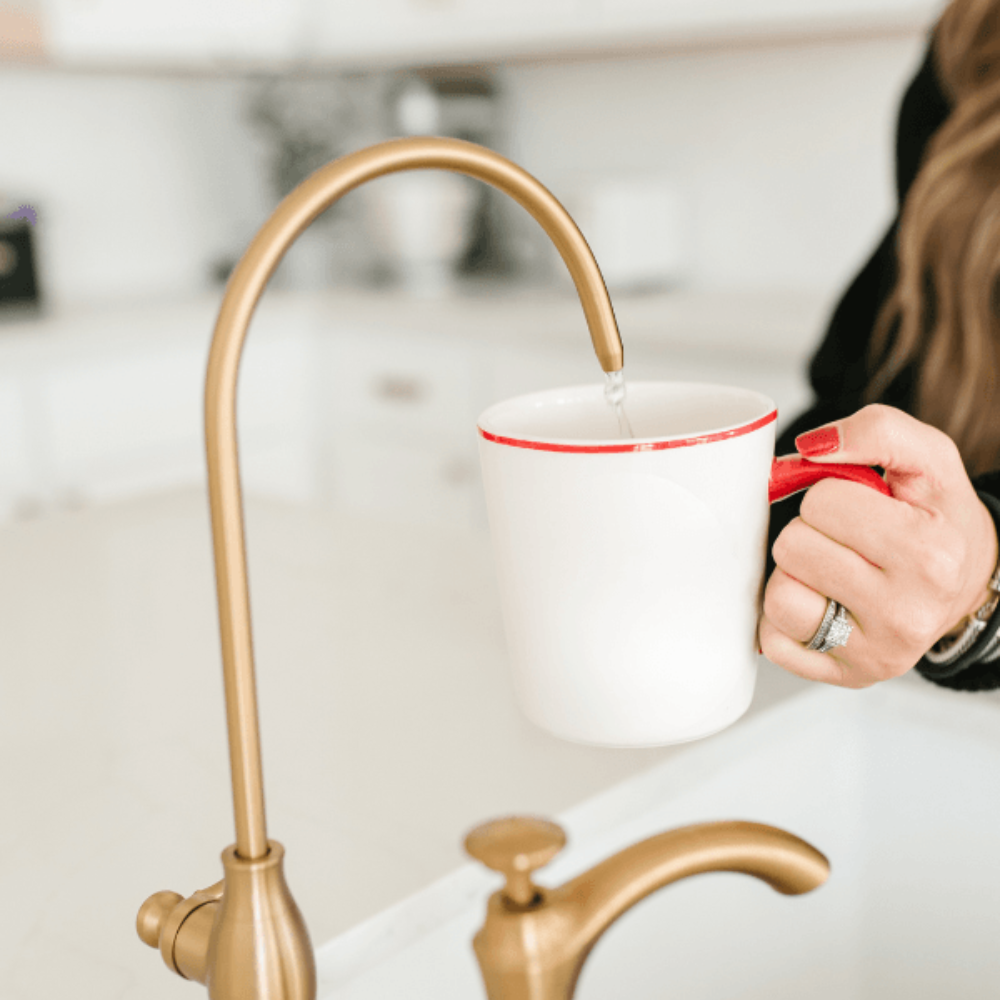
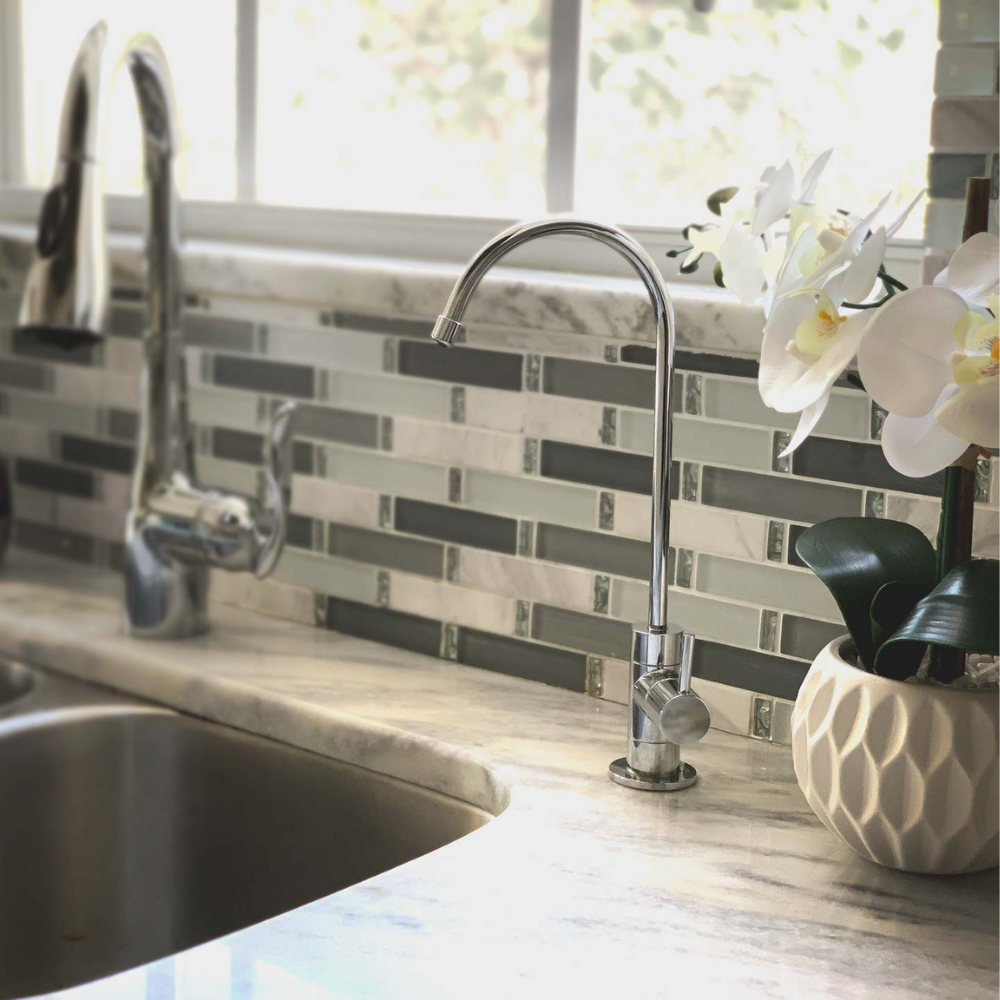
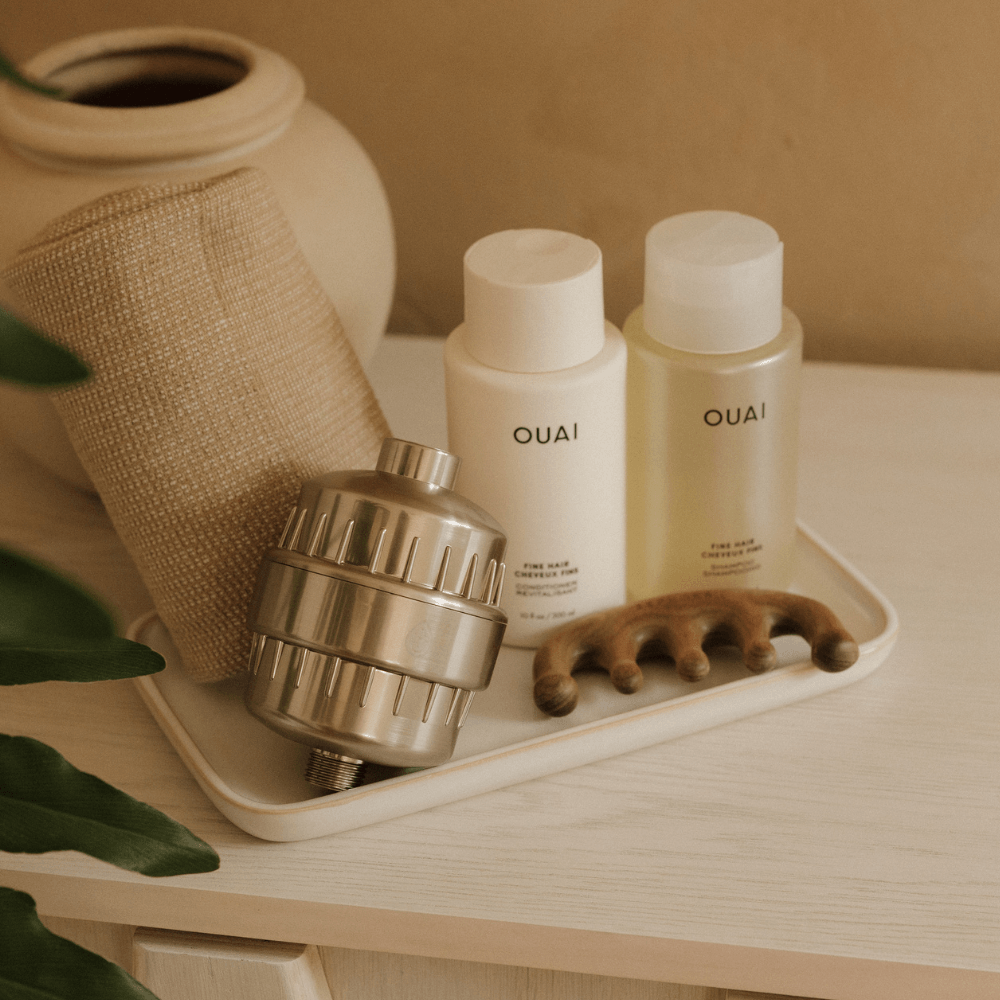
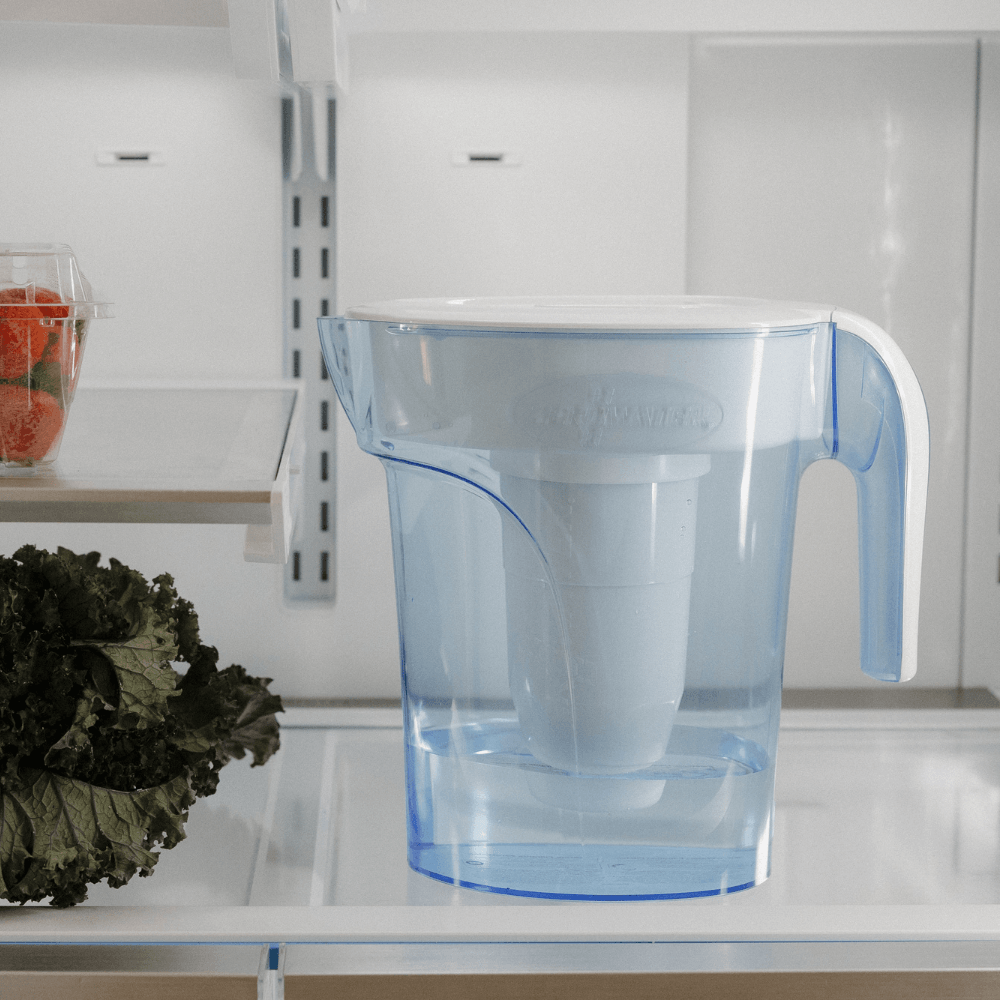
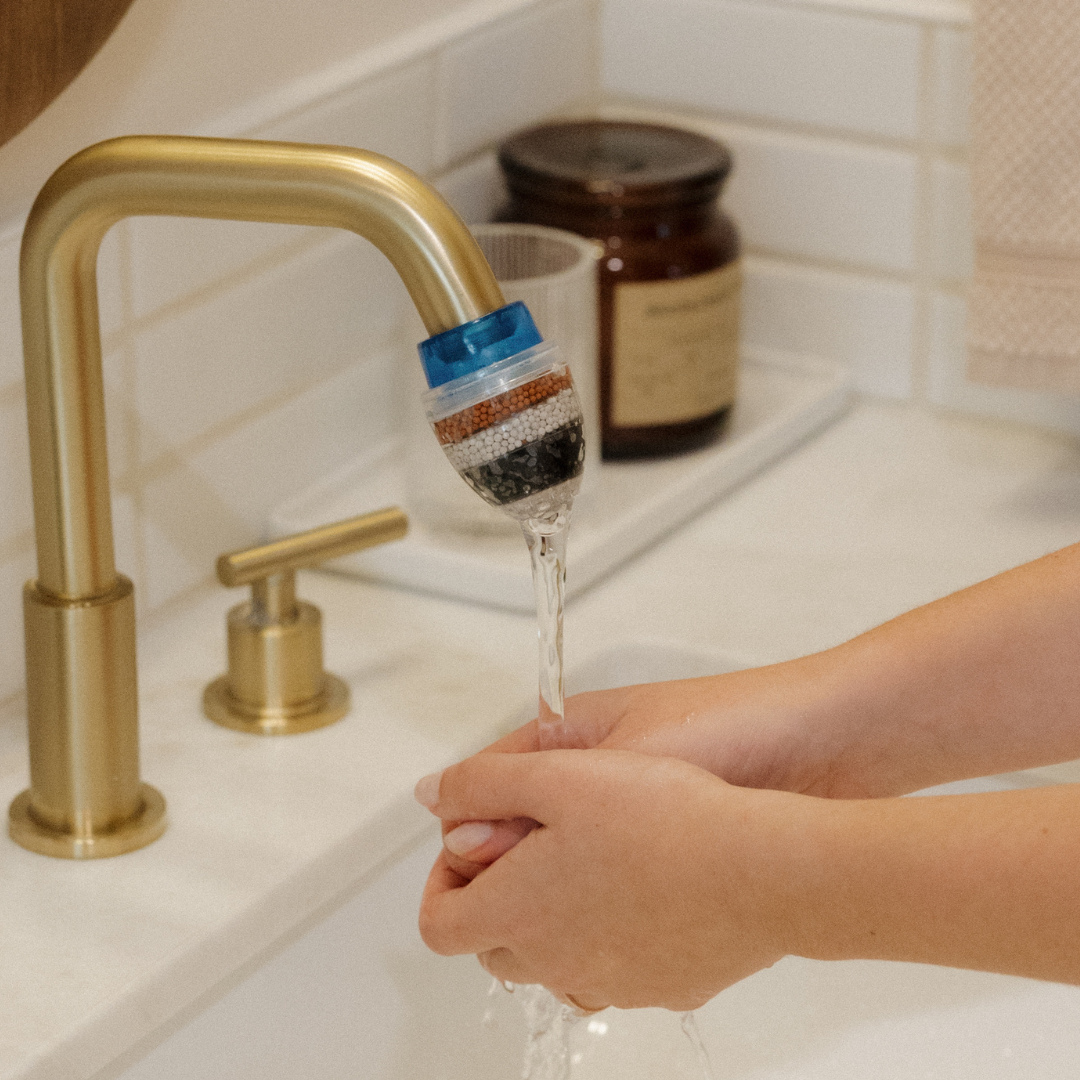
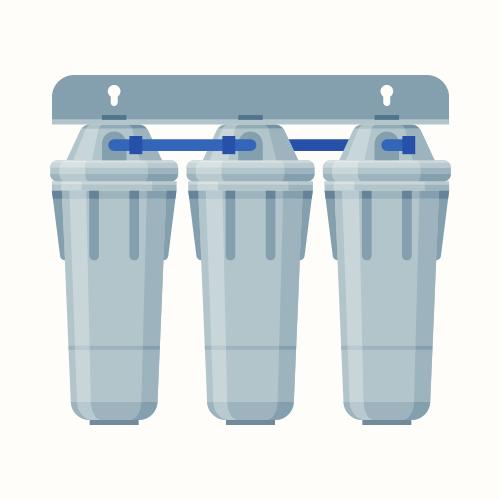
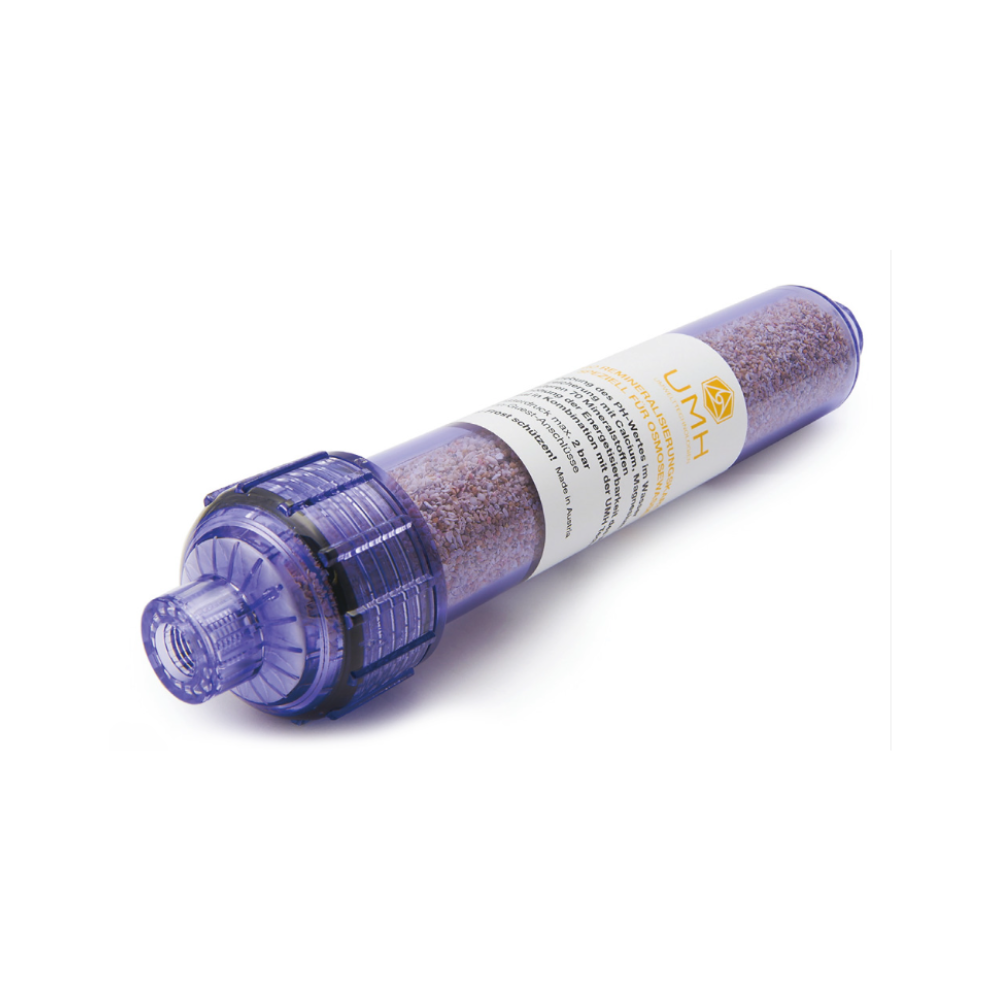
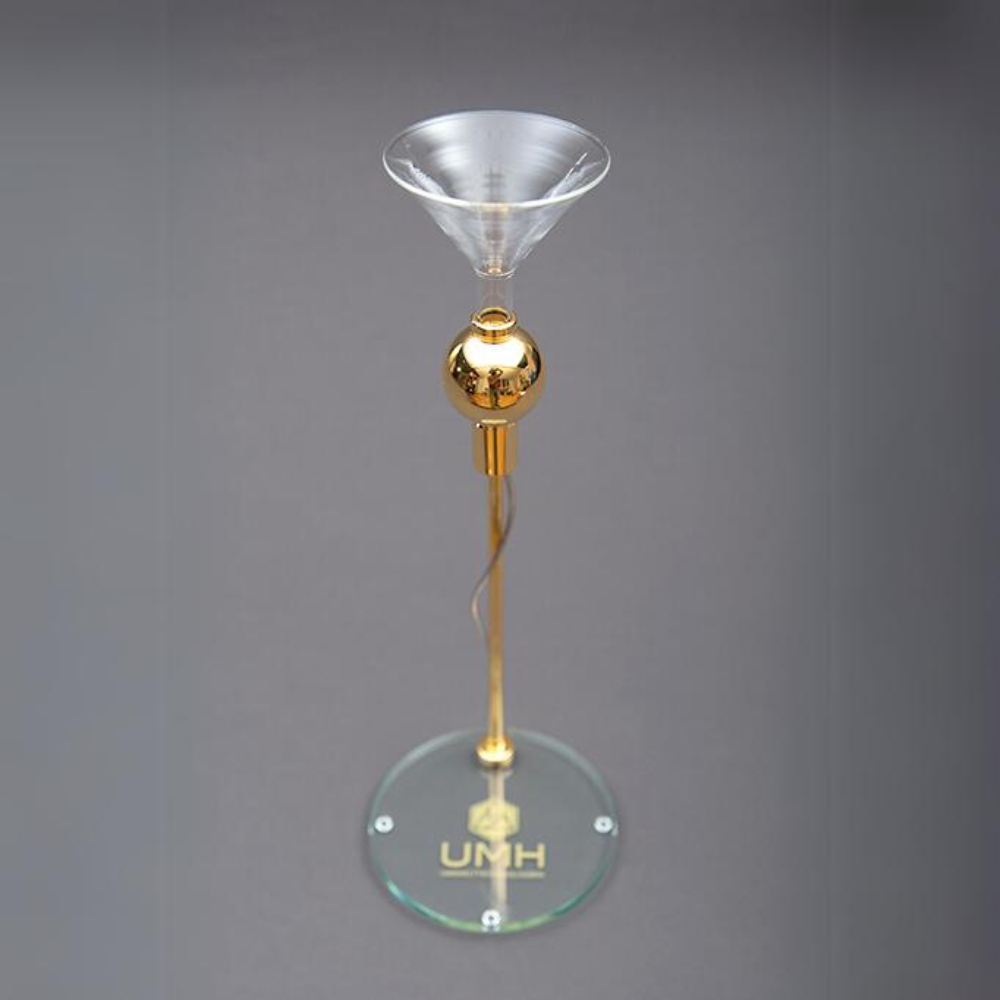
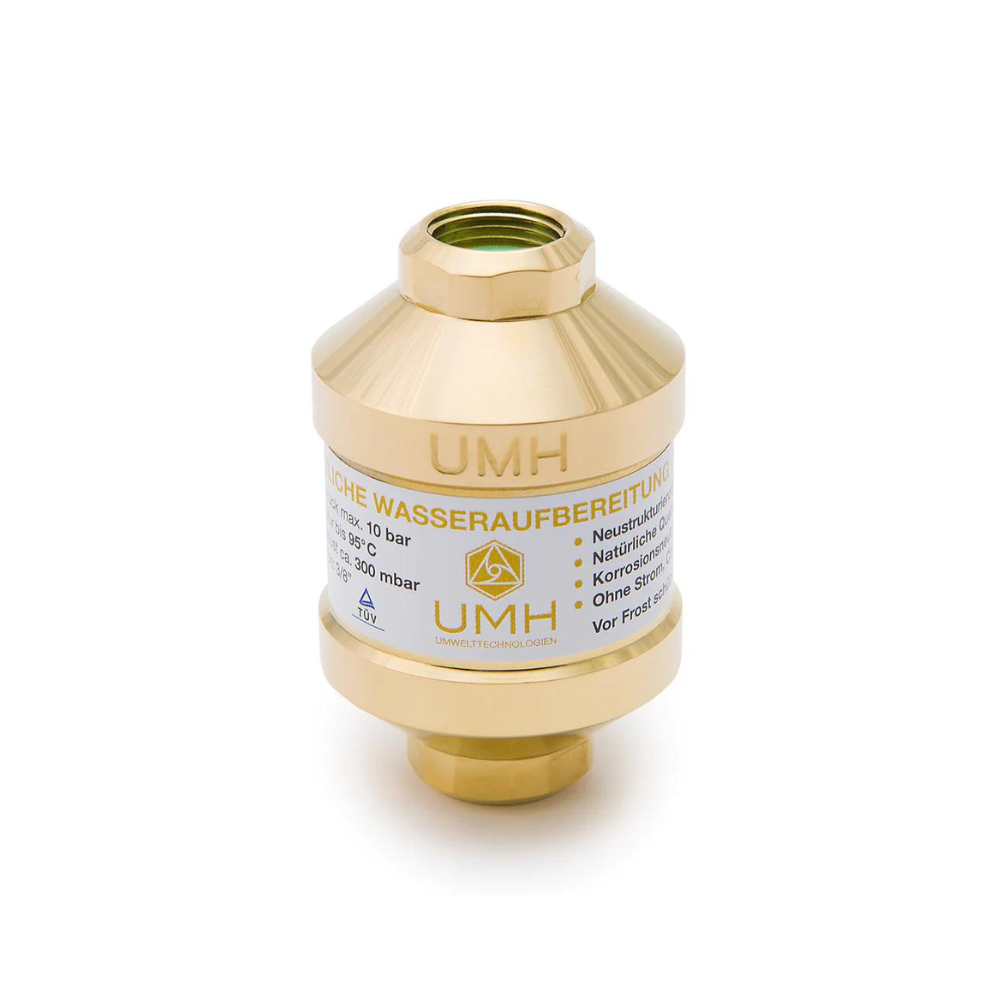
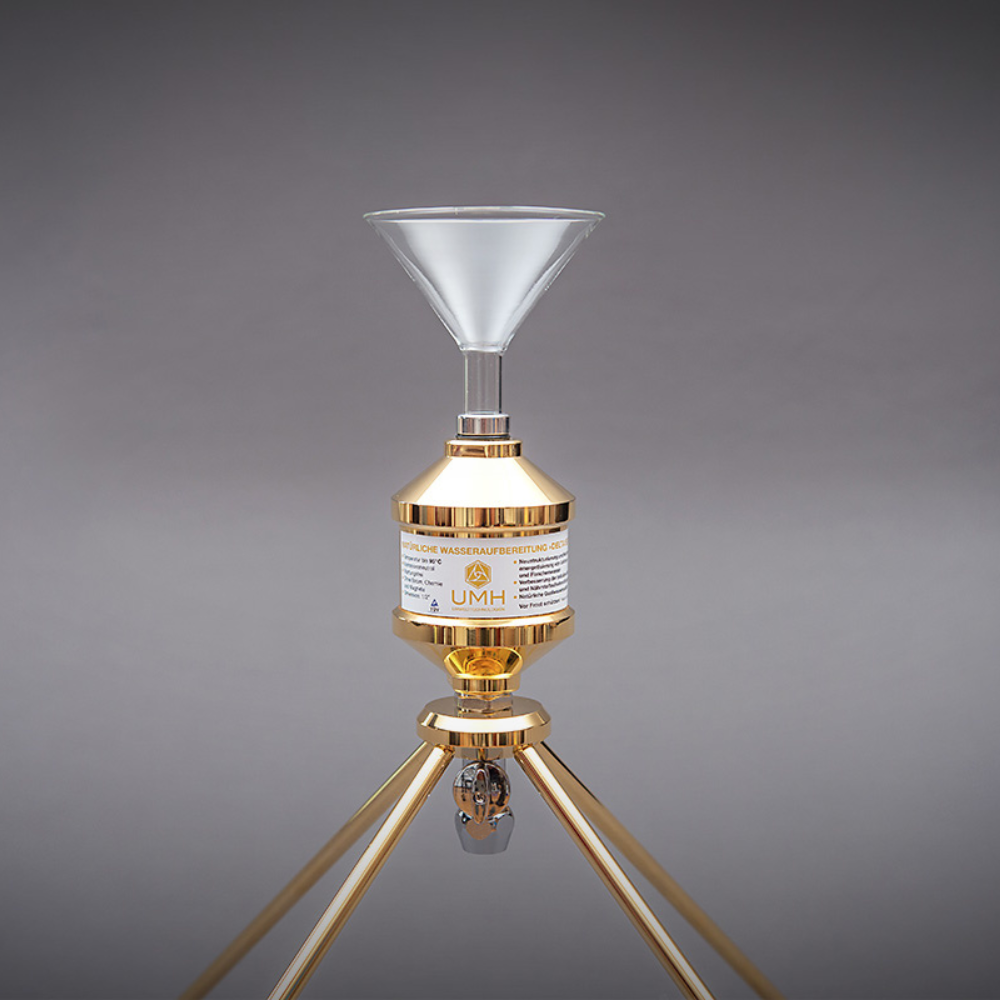
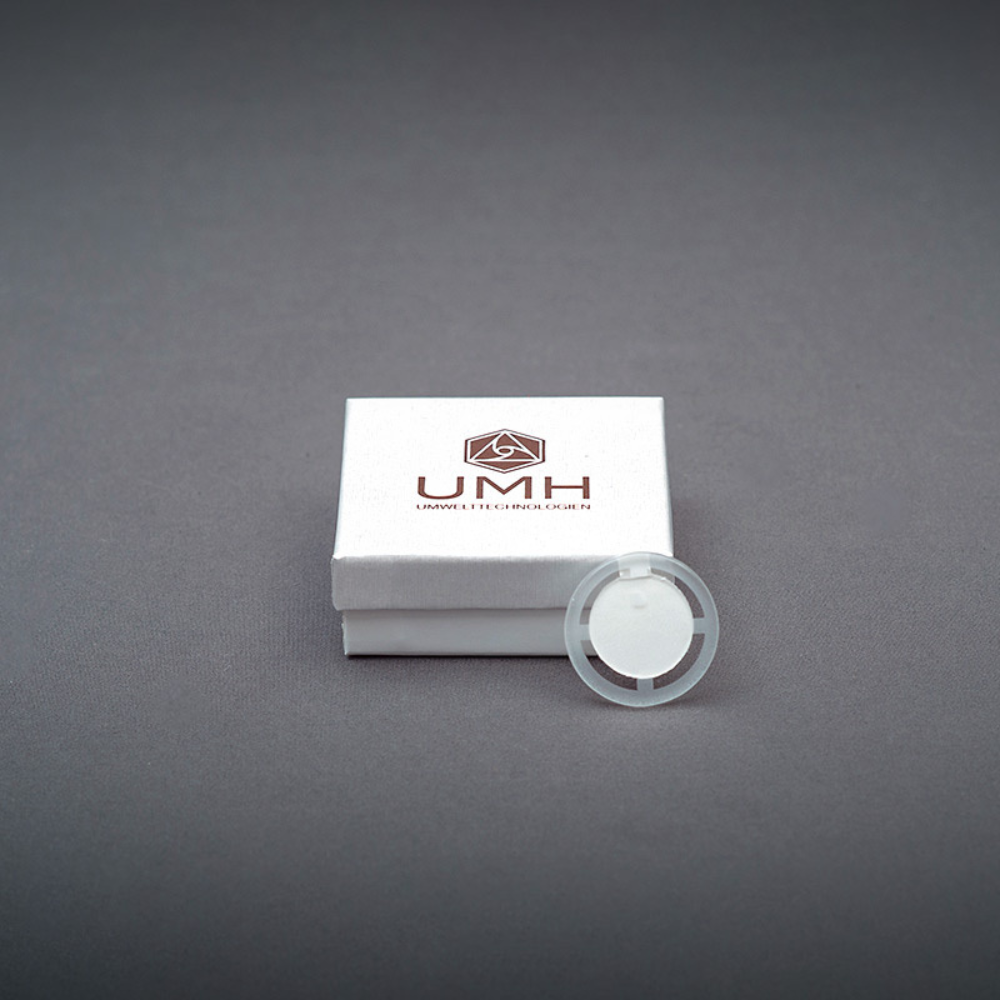
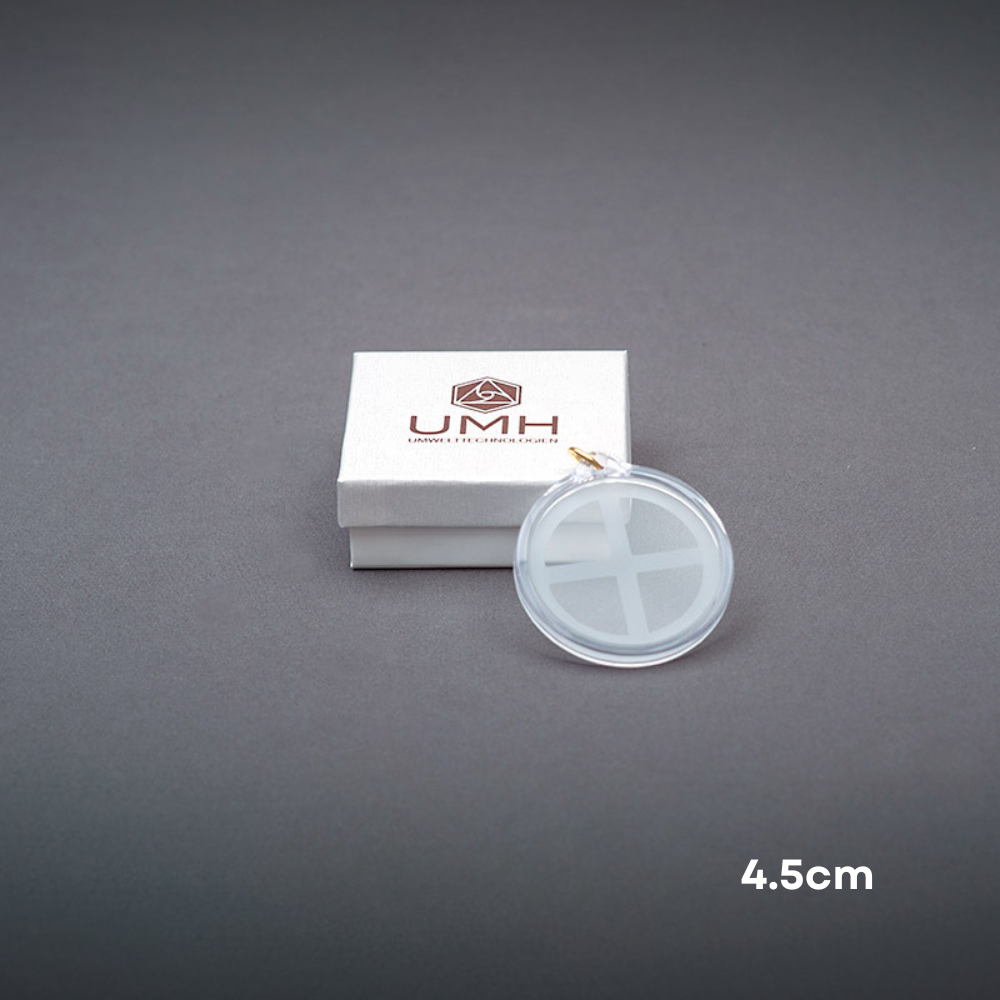
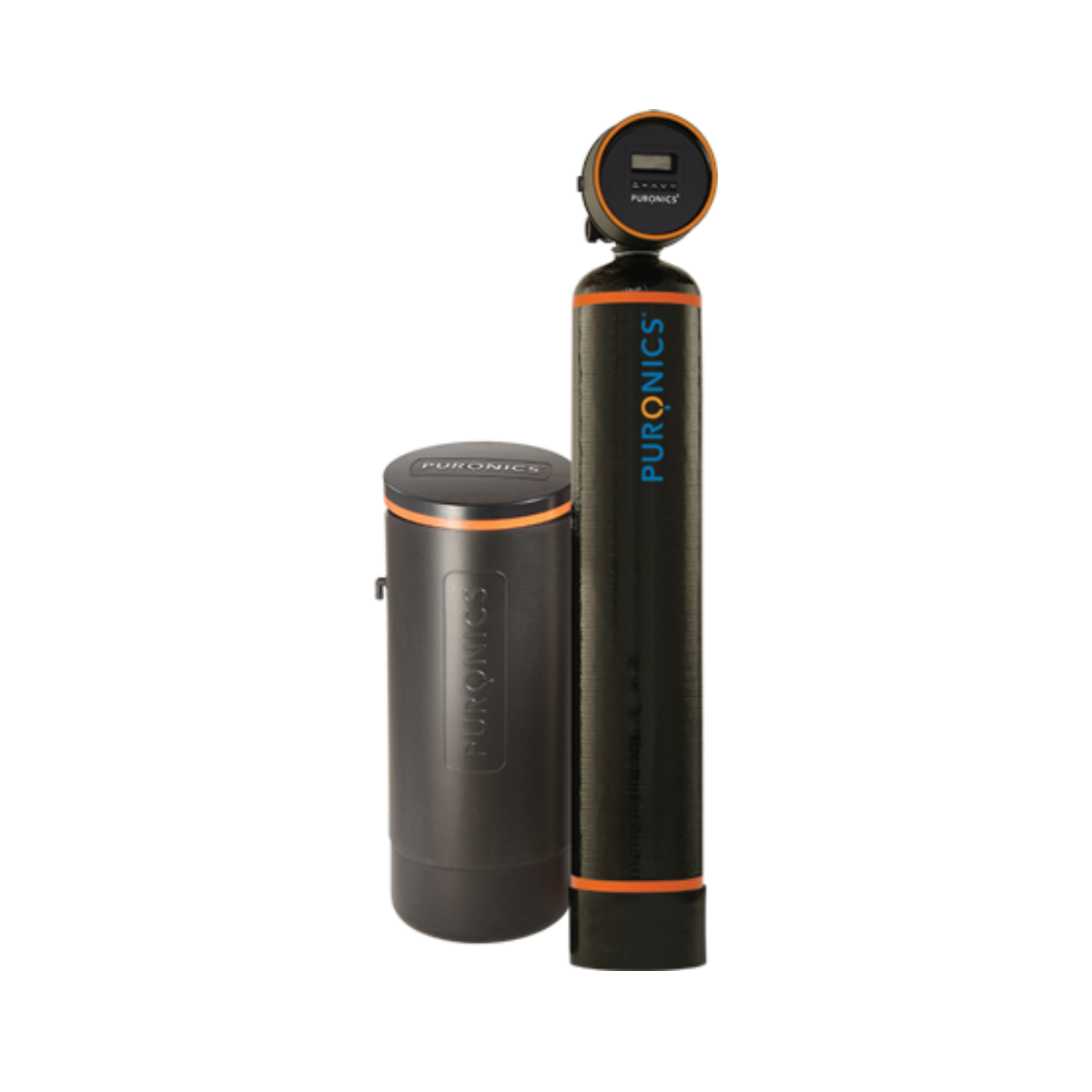
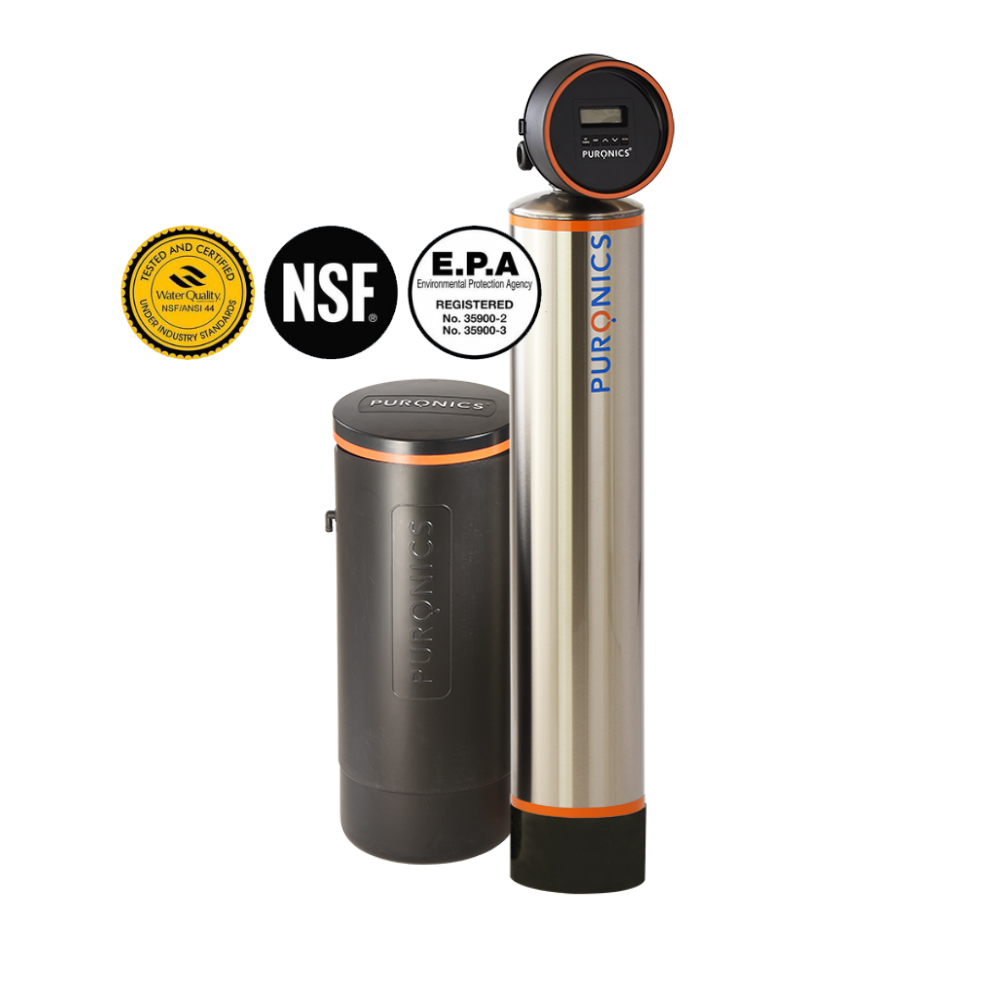
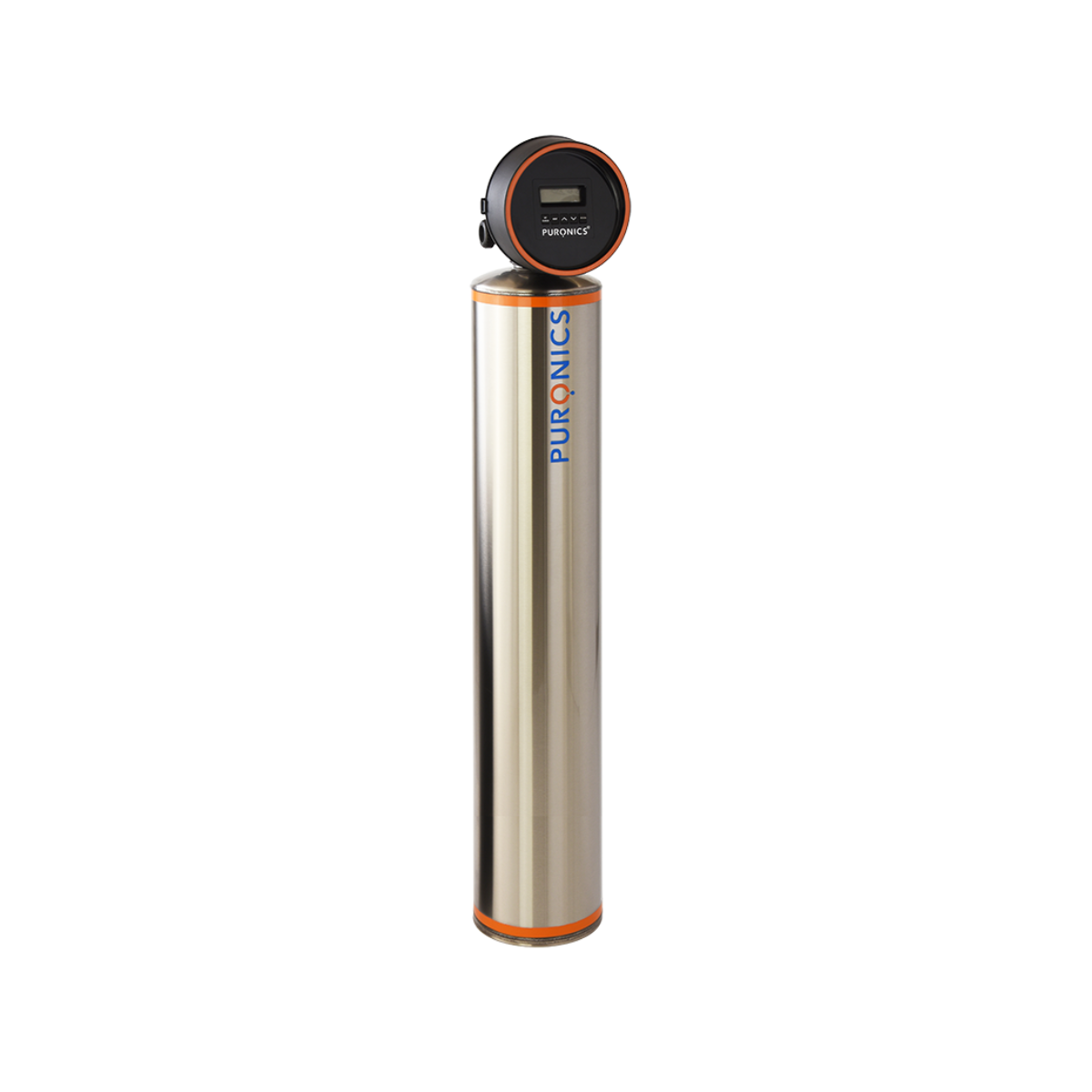
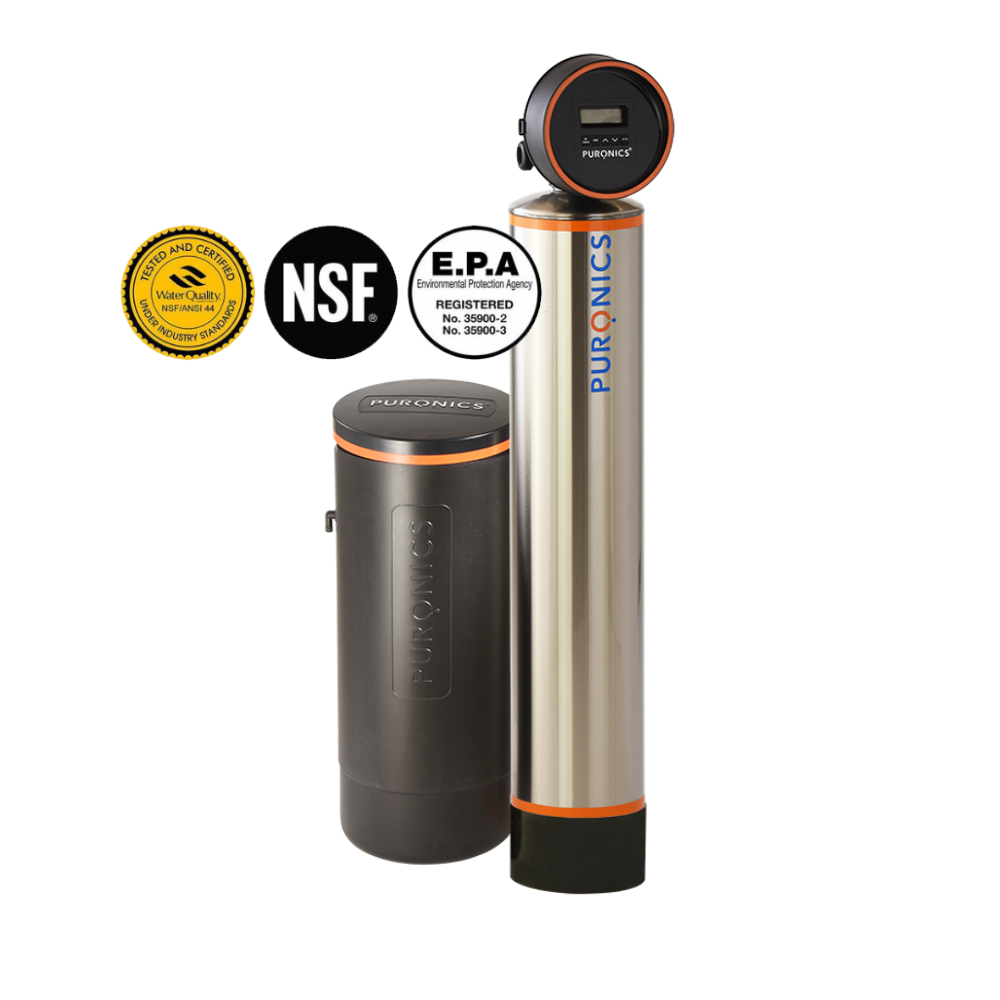
Get a Berkey, it filters out just about everything including Fluoride.